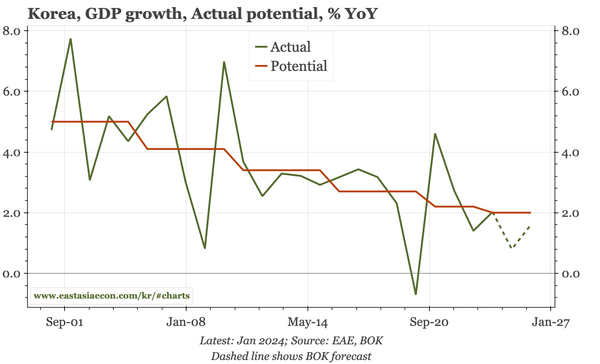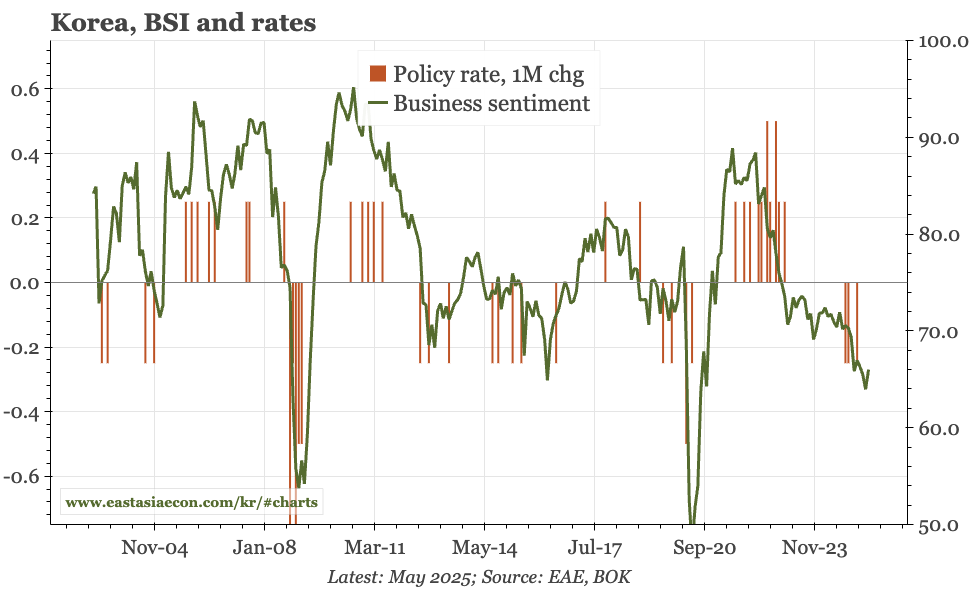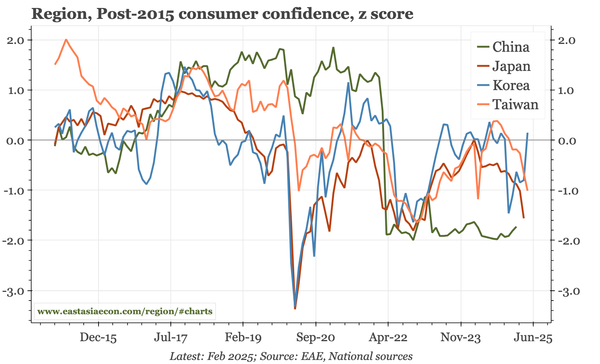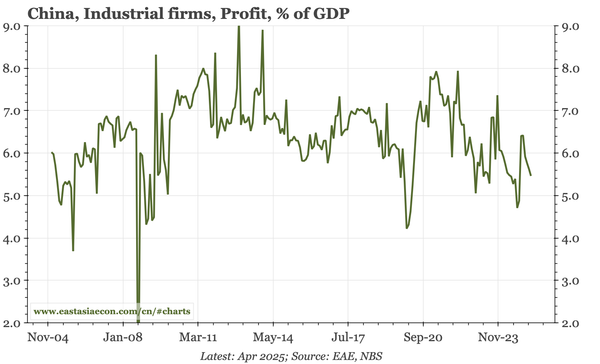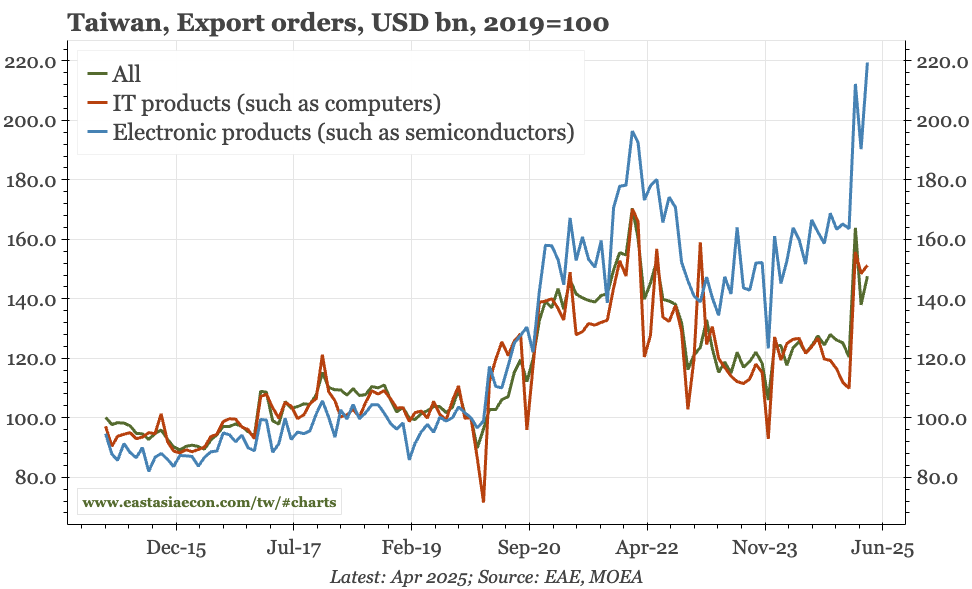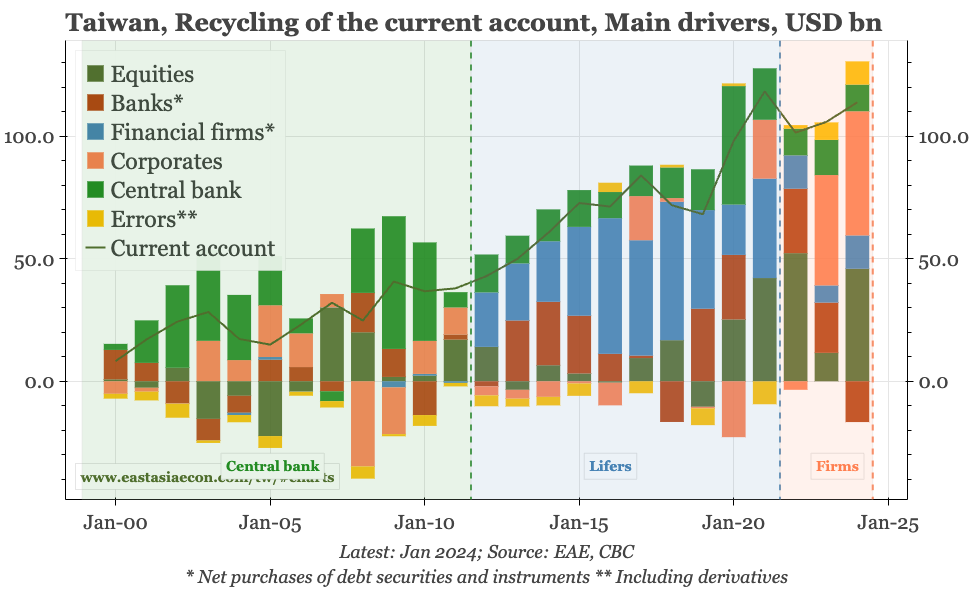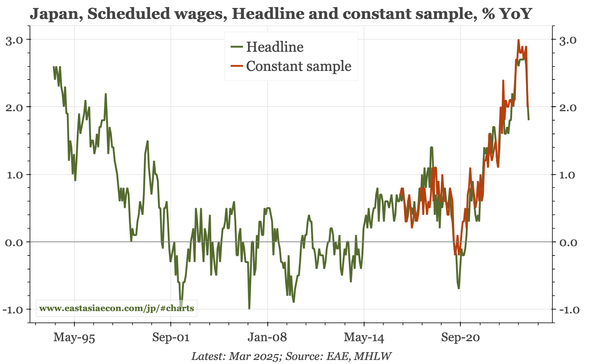Japan – high CPI, tight labour market, weak spending

Tokyo data show May inflation remaining high. In other releases, unemployment is low and retail sales sluggish. Tokyo CPI dynamics are diverging from national trends, because of the stronger property market. But still, the message for the BOJ is the same: inflation is strong, but growth isn't.

